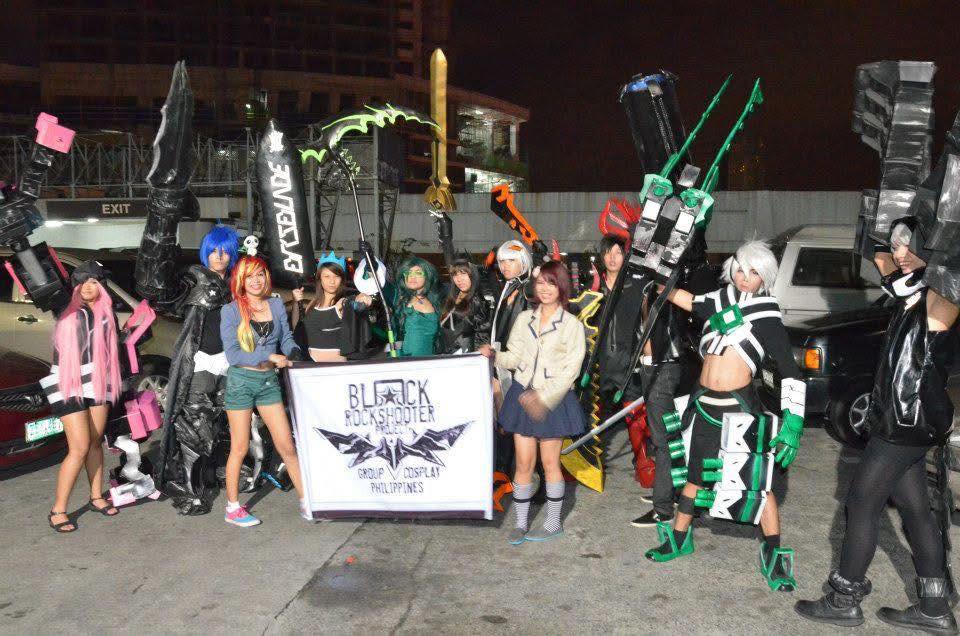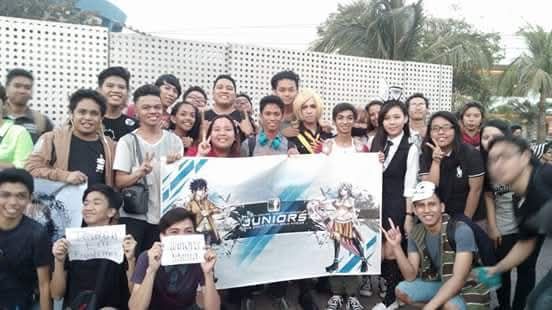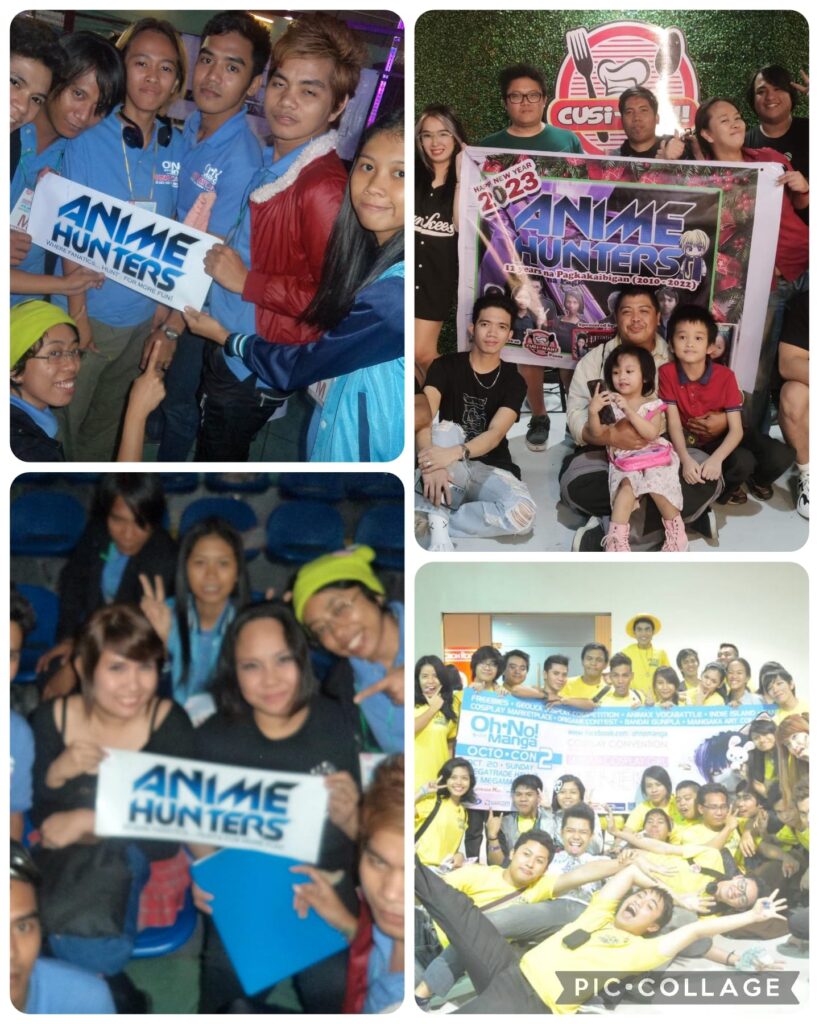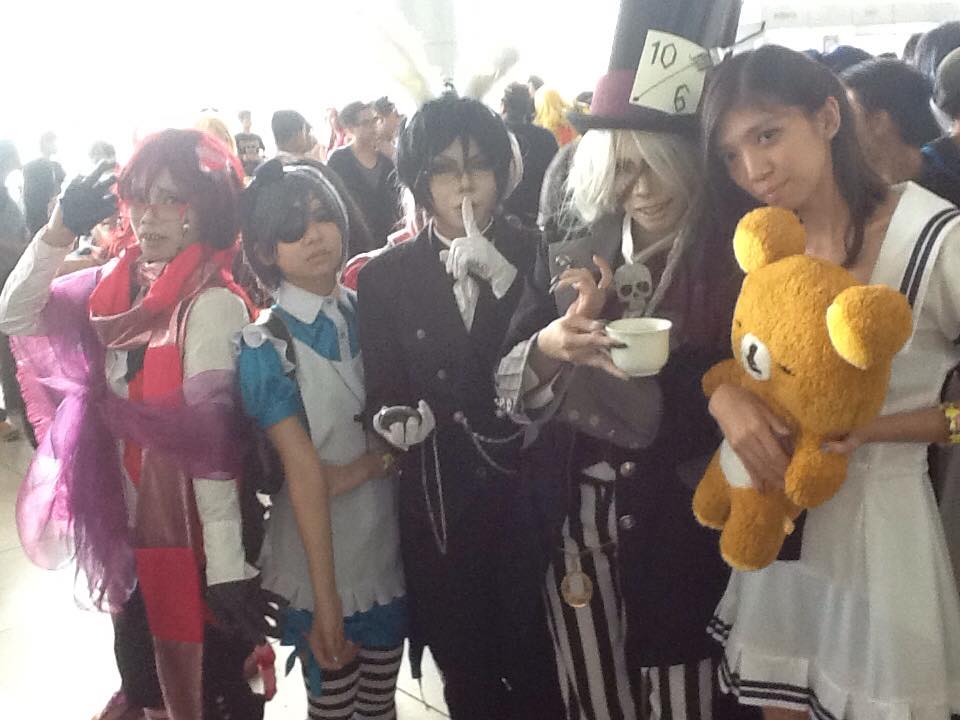Anime and cosplay conventions did not always look like the polished, brand-backed spectacles we see today. Before the age of viral moments and influencer meet-and-greets, cons were gatherings of deeply rooted tribes. It was about belonging.
Back then, communities showed up like guilds entering a battlefield. The unspoken competition was always which group had the most members. Leaders took pride in defending canon truths like seasoned philosophers, debating timelines, ships, endings, and who truly deserved the title of best girl or best boy. The rivalries were passionate but personal. You did not follow trends. You lived for your genre.

Cosplayers were not celebrities. They were simply the brave ones. Makeup looked like art projects. Costumes were built through pure resourcefulness: cardboard mecha, hand-stitched skirts, painted emblems at 3 AM. and yet, it was fun. After the convention, everyone still stayed together. We would eat out, head to parks, and continue talking about anime lore. Some even tried to get close just to borrow a rare manga, CD, or DVD. Knowledge was currency. Trust was everything.
Identity, Recruitment, and Roleplay Culture

Recruitment was literal. Communities brought tarps with their guild names printed loud and proud. Facebook pages were not managed like brands. They were living roleplay worlds. Admins replied as the characters themselves, creating fanservice experiences long before AI could do it.

And fashion was its own culture. Decora kids with rainbow layers. Lolita royalty in full elegance. Visual Kei purists in theatrical black. Gyaru glowing like neon. Identity was visual, bold, and worn with honor.
From Passion to Production
But as conventions expanded, so did the business behind them. Today, events are more commercial, which is understandable. Sustainability requires money, sponsors, logistics, and structure. Yet it also led to a pattern where many conventions now feel like reflections of one another. Same mechanics, same content loop, safe formatting to please mass expectations.


And somewhere along that shift, a quiet question began to surface. Did the community grow into this direction because it was necessary to survive, or because someone realized how profitable it could be?

It is difficult to answer, because the evolution of conventions does not just reflect the industry. It reflects our generation. We moved from slow discovery to instant consumption. From crafting for love to performing for visibility. From earning trust to chasing reach. Cosplay became more accessible, yes — but also more performative. The focus slowly shifted from nurturing future craftsmen to nurturing algorithms.
What We Left Behind
Some of us will always miss the tarp wars, the canon debates, and the food trip debriefs that lasted until closing time, when the heart of a convention lived in the stories we shared rather than the photos we posted. But now that everything is faster, louder, and built for performance, the bittersweet truth becomes harder to ignore: The culture changed because we did, and it always will.




